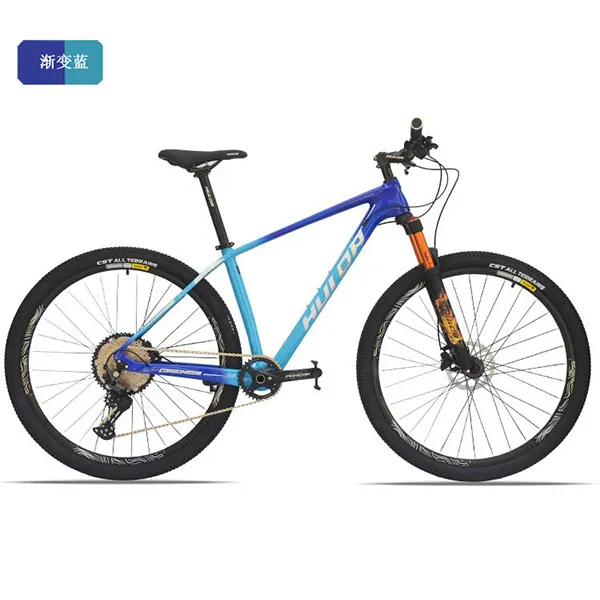
- Afrikaans
- Albanian
- Amharic
- Arabic
- Armenian
- Azerbaijani
- Basque
- Belarusian
- Bengali
- Bosnian
- Bulgarian
- Catalan
- Cebuano
- Corsican
- Croatian
- Czech
- Danish
- Dutch
- English
- Esperanto
- Estonian
- Finnish
- French
- Frisian
- Galician
- Georgian
- German
- Greek
- Gujarati
- Haitian Creole
- hausa
- hawaiian
- Hebrew
- Hindi
- Miao
- Hungarian
- Icelandic
- igbo
- Indonesian
- irish
- Italian
- Japanese
- Javanese
- Kannada
- kazakh
- Khmer
- Rwandese
- Korean
- Kurdish
- Kyrgyz
- Lao
- Latin
- Latvian
- Lithuanian
- Luxembourgish
- Macedonian
- Malgashi
- Malay
- Malayalam
- Maltese
- Maori
- Marathi
- Mongolian
- Myanmar
- Nepali
- Norwegian
- Norwegian
- Occitan
- Pashto
- Persian
- Polish
- Portuguese
- Punjabi
- Romanian
- Russian
- Samoan
- Scottish Gaelic
- Serbian
- Sesotho
- Shona
- Sindhi
- Sinhala
- Slovak
- Slovenian
- Somali
- Spanish
- Sundanese
- Swahili
- Swedish
- Tagalog
- Tajik
- Tamil
- Tatar
- Telugu
- Thai
- Turkish
- Turkmen
- Ukrainian
- Urdu
- Uighur
- Uzbek
- Vietnamese
- Welsh
- Bantu
- Yiddish
- Yoruba
- Zulu
Nov . 12, 2024 10:14 Back to list
adjusting mountain bike rear derailleur
Adjusting a Mountain Bike Rear Derailleur A Comprehensive Guide
Mountain biking is an exhilarating sport that demands precision and efficiency, particularly in the bike's gearing system. One of the most critical components in achieving smooth gear shifts is the rear derailleur. Proper adjustment of the rear derailleur is vital for optimal performance and ensuring that the bike operates smoothly, especially on rugged terrains. This guide provides a comprehensive overview of how to adjust a mountain bike rear derailleur effectively.
Understanding the Rear Derailleur
The rear derailleur serves several essential functions in a mountain bike. Its primary role is to move the chain between different gears on the cassette located on the rear wheel. When shifting gears, the derailleur pulls the chain to the desired gear, ensuring a smooth transition. It is essential to have the derailleur properly adjusted to prevent chain skipping, misalignment, or unnecessary wear and tear.
Tools You Will Need
Before you begin adjusting your rear derailleur, gather the following tools
1. Phillips or flathead screwdriver - For adjusting limit screws. 2. 5mm Allen wrench - If the derailleur is mounted using a bolt. 3. Bike stand or wall mount - To keep your bike stable while working on it. 4. Chain checker tool - To ensure your chain is in good condition.
Steps to Adjusting the Rear Derailleur
1. Preliminary Checks
Before making any adjustments, inspect the overall condition of your bike. Look for any signs of wear on the chain, cassette, and derailleur. If your chain is stretched or the cassette shows significant wear, it may be time to replace these components.
2. Set the Bike in a Stable Position
Place your bike on a repair stand or lean it against a wall. Spin the pedals to ensure the drivetrain is free of debris and can move freely. Shift the chain to the smallest ring on the front and the smallest cog on the rear to relieve tension while you work.
adjusting mountain bike rear derailleur

3. Adjusting the Limit Screws
The rear derailleur has two limit screws, labeled ‘H’ (high) and ‘L’ (low). These screws control the range of movement of the derailleur and prevent the chain from moving off the cassette.
- Set the High Limit Screw ‘H’ Shift to the smallest cog on the cassette. The derailleur should align directly over this cog without touching it. If it’s misaligned, turn the ‘H’ screw clockwise to move the derailleur inward or counterclockwise to move it outward. - Set the Low Limit Screw ‘L’ Shift to the largest cog on the cassette. The derailleur should be capable of shifting to this cog without the chain rubbing against it. If needed, adjust the ‘L’ screw in the same manner as the ‘H’ screw.
4. Cable Tension Adjustment
Next, check the cable tension. If the derailleur isn’t shifting properly, the cable could be loose. To adjust the tension, locate the barrel adjuster, which is typically found on the derailleur or at the shifter. Turn the adjuster counterclockwise to increase tension and clockwise to decrease it. Shift through the gears to test the responsiveness.
5. Fine-Tuning Shifts
With the limits set and cable tension adjusted, take the bike for a test ride. Shift through all the gears to ensure smooth transitions. If you experience hesitation or grinding noises during shifts, adjust the barrel adjuster again accordingly.
6. Final Inspection
After making all necessary adjustments, give the bike a thorough inspection. Ensure the derailleur is functioning correctly by testing all gear combinations. Look for any signs of rubbing or missed shifts, and make adjustments as needed.
Conclusion
Adjusting a mountain bike’s rear derailleur may seem daunting, but with a methodical approach, it can be accomplished with relative ease. By following the steps above, you can ensure that your bike shifts smoothly and efficiently, allowing you to enjoy the thrill of mountain biking without concern over mechanical issues. Regular maintenance and adjustment of the derailleur will prolong the lifespan of your bike’s components and enhance your riding experience. Happy riding!
-
The Ultimate Kids' Four-Wheeler Experience
NewsJul.09,2025
-
The Ultimate Guide to Mountain Bikes: Gear Up for Your Ride
NewsJul.09,2025
-
The New Age of Cycling: Electric Bikes for Every Rider
NewsJul.09,2025
-
The Best Kids Bicycles: Ride in Style and Safety
NewsJul.09,2025
-
The Best 3-Wheel Scooters for Kids: Fun, Safety, and Adventure
NewsJul.09,2025
-
Revolutionize Your Ride: Affordable Electric Bikes
NewsJul.09,2025
-
Finding the Perfect Mountain Bike for Every Rider
NewsJul.09,2025



